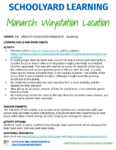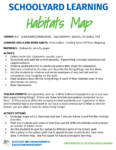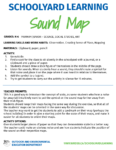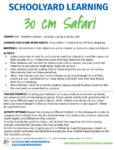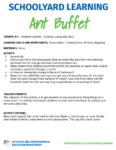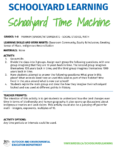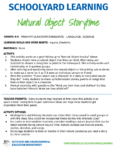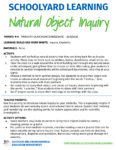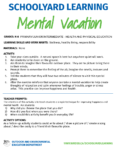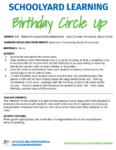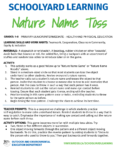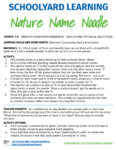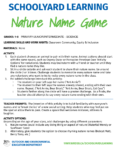December 6th, 2013
According to my trusty weather station here at Blair, the temperature reached +13 degrees celcius at about noon yesterday (Thursday), then began to fall steadily to a low of minus 2 degrees early (4 a.m.!!) this morning.
Yesterday our feeder and forest bird count totalled only 11 species. I had surpassed that before 8 a.m. this morning. The difference? The temperature. With the generally milder weather we’ve been having to date, the birds seem happier foraging for their natural diet of seeds and berries, and hibernating insects and invertebrates. On colder days when birds require more fuel for the furnace, they don’t have to expend much energy in the search for food – a meal of seed and suet awaits them at the feeders.
An article by the Audubon Society states that birds that visit feeders get only 21% of their dietary needs from us. “Bird of the Month” on the Wild Birds Unlimited site is none other than the black-capped chickadee, and they too suggest that about 75% of that species’ food is from natural sources.
Much of what I “know” about birds is from my own observations, from reading, and from what I’ve learned from others. So I look to the experts to answer my questions. I use Cornell University’s All About Birds website the most, and there are many others (see our previous post on favorite websites). I have been following fellow “outdooredguy” Levi Moore’s new blog on the behaviour and interactions of the chickadees he bands at the Dickson Wilderness Area. It’s fascinating!!
I am amazed (but not surprised) at the knowledge of my colleagues in Outdoor Ed in their respective areas of expertise. It’s a cliche, but I truly learn something new everyday, and birds continue to be one of my more intimate connections to the natural world.



